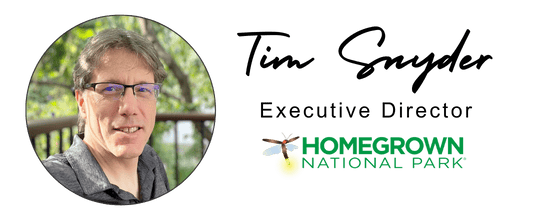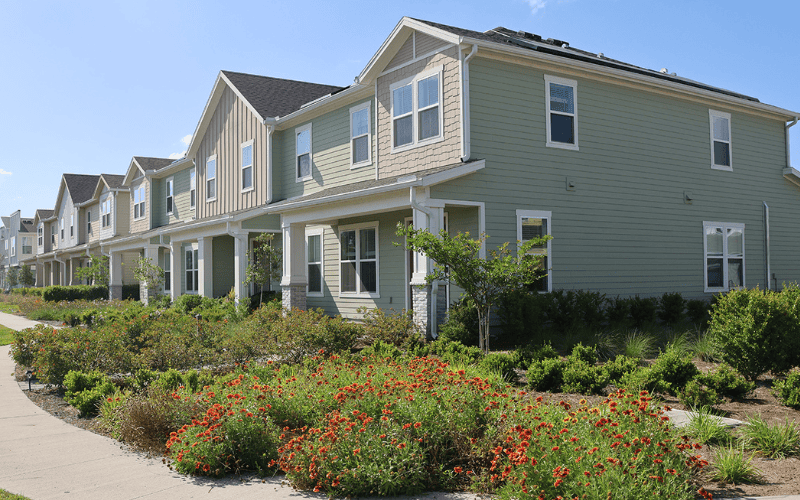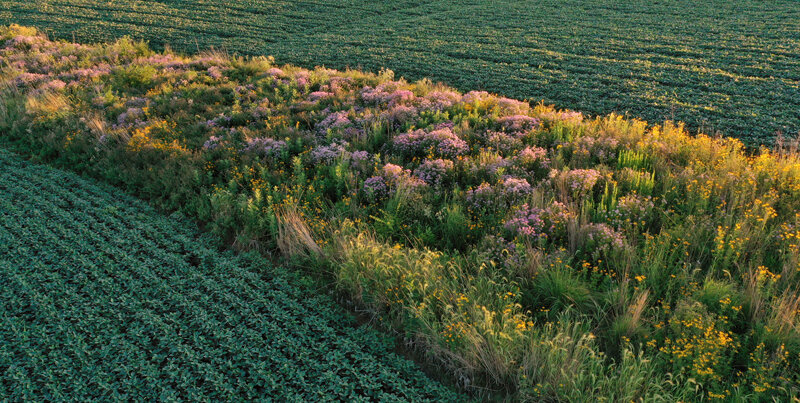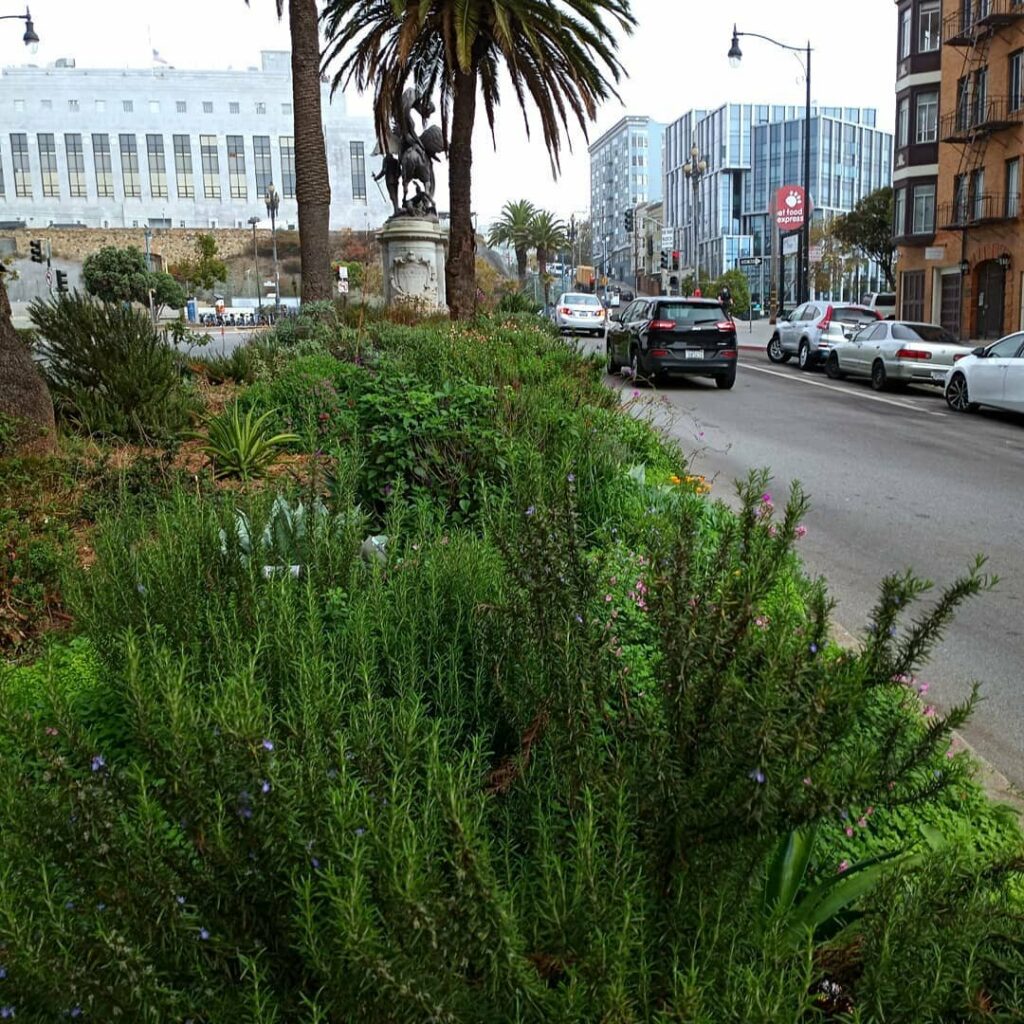Sunbridge Sets the Model as the First Homegrown National Park Community
St. Cloud, Florida
By Tim Snyder, Executive Director
Est. Read Time: 5 minutes
I remember the first time I read Nature’s Best Hope by Doug Tallamy.
I closed the book feeling fired up: Let’s get started.
But when it came time to actually start, my confidence wavered. Which plants were native? Which were invasive? Which helped pollinators, and which only looked good? The urgency was clear, but the starting point wasn’t.
Now imagine buying a home in a community where that question has already been answered—where the neighborhood around you is landscaped with native plants, where stormwater is absorbed naturally into healthy soil, and where birds and pollinators are part of daily life. For many residents, this may be their first encounter with a native plant landscape. It can feel both exciting and daunting: What is this? How do I care for it? What's next?
That’s the opportunity at Sunbridge.
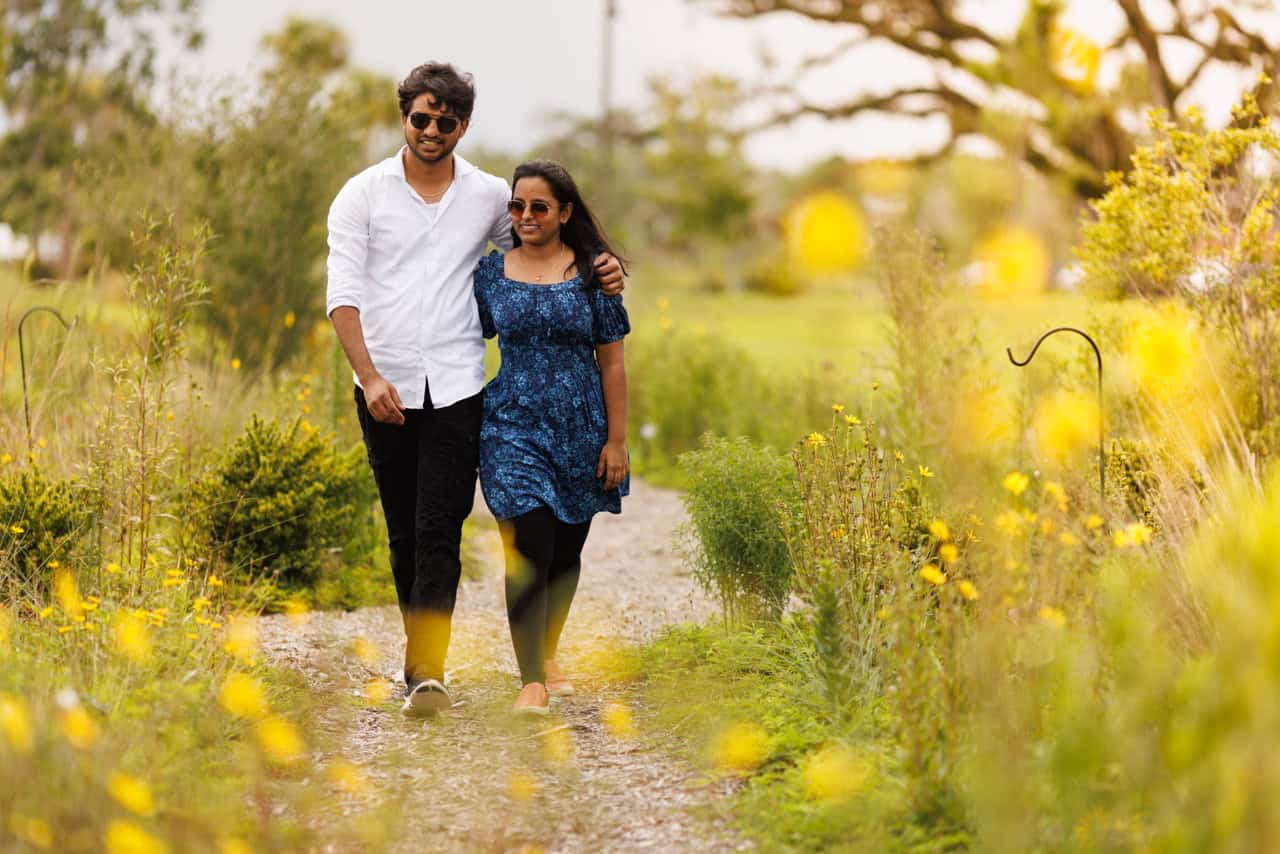
The Problem Is Bigger Than a Patch of Lawn
Across the U.S., conventional landscaping contributes to a host of interconnected problems. These issues affect every community—suburbs, new developments, even small towns—and have real environmental, economic, and health costs:
- Flooding and runoff from compacted soils and turfgrass that shed water instead of absorbing it.
- Excessive water use, as traditional lawns demand up to 60–80% more irrigation than native landscapes.
- Air pollution and emissions from gas-powered lawn equipment rival those of millions of cars.
- Toxic chemical exposure from fertilizers and pesticides linked to cancer, asthma, and neurological harm.
- High costs and maintenance burdens that drain both families and municipalities for minimal ecological return.
- Loss of wildlife and pollinators as lawns and non-native plantings fail to provide habitat.
- Waste generation with millions of tons of yard trimmings sent to landfills each year.
These aren’t minor inconveniences. They are major structural problems with measurable impacts. And yet, the solutions remain surprisingly local and simple: plant native species, reduce chemical inputs, create habitat, and reconnect with ecological systems.
Building the Bridge
Native plant habitats don’t just create beauty; they quietly solve the problems listed above. They absorb stormwater, reduce irrigation waste, clean the air, lower costs, reduce noise, and eliminate the need for harmful chemicals. Most importantly, they rebuild the “life support systems” of our communities—systems that support pollinators, birds, and the many species that keep ecosystems functioning.
The partnership between Homegrown National Park and Sunbridge helps residents who may be new to native landscapes integrate these spaces into their daily lives and understand how their choices connect them to something larger: a national movement to regenerate biodiversity.
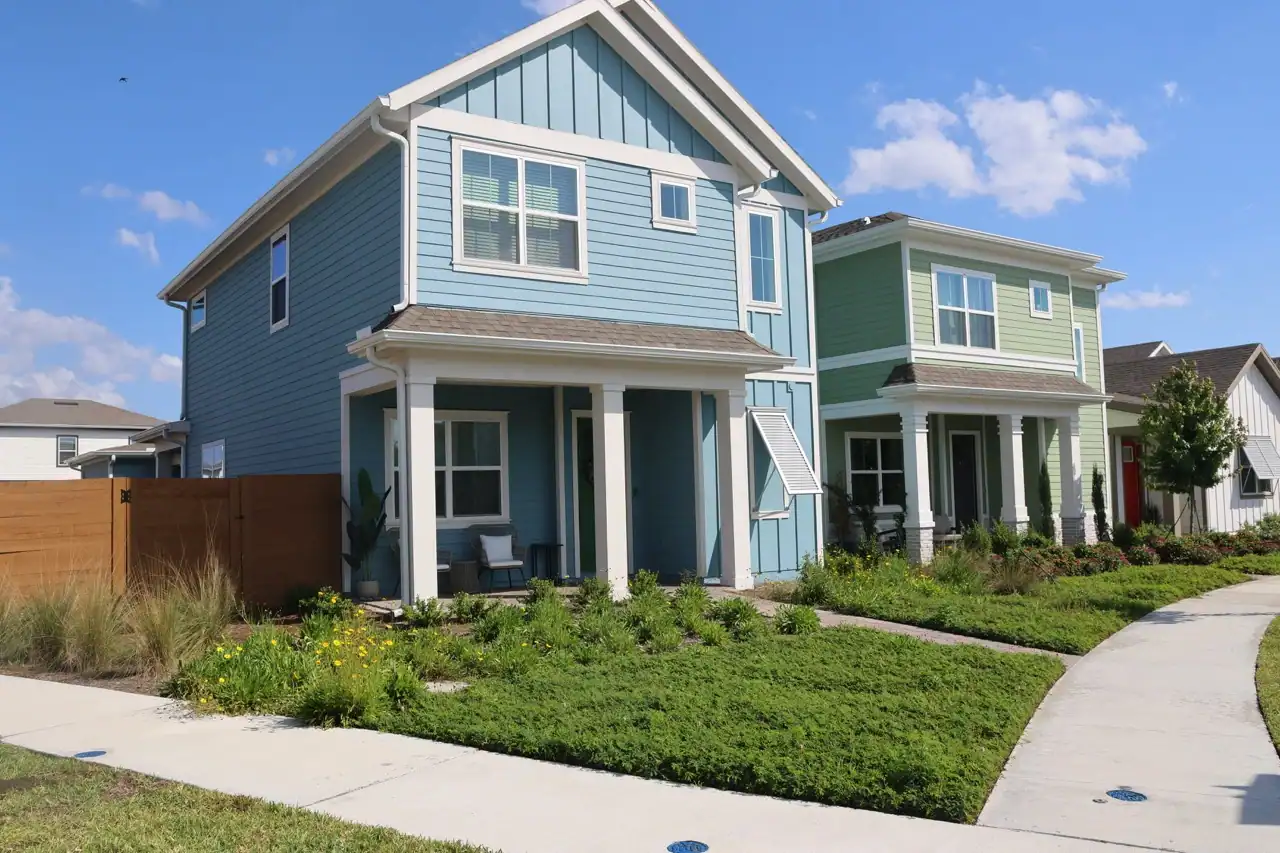
A Model for the Future
By becoming the first Homegrown National Park Community, Sunbridge demonstrates that development and conservation can coexist and thrive together. With thousands of acres set aside for conservation and neighborhoods designed with native landscaping, Sunbridge offers a living model for how communities across the country can grow with nature, not against it.
When Doug Tallamy calls us to action, it’s easy to feel both inspired and uncertain. Sunbridge offers a glimpse of what it looks like when an entire community steps into that call—transforming inspiration into action, and action into a thriving landscape where people and nature flourish together.
The Collaboration Behind the Community
The OUTSIDE Sustainable Landscape Collaborative helped Sunbridge take shape. By bringing together designers, conservationists, and developers, the collaborative created a framework for how large projects can align with ecological values. Sunbridge is one result of that approach—showing how a community can emerge when planning is rooted in cooperation with nature. For anyone interested in sparking large-scale change, the OUTSIDE model is well worth a closer look.
Lead the Next Homegrown National Park Community
Sunbridge is the first, but it won’t be the last. If you design, develop, or support communities, here are ways to make nature part of the foundation.
- Developers and Planners: explore how native landscapes can add long-term value and resilience to your projects.
- Landscape architects: consider incorporating native-first designs into your next community project.
- Environmental organizations: partner with builders to help communities start right, with habitat in place from the beginning.
- Community Members: start small by talking with a neighbor or approaching your HOA about supporting native landscapes to help build momentum in your community.
- Reach out to us to learn how to designate your development as a future Homegrown National Park Community.
This is how transformation happens: not through perfection, but participation.
